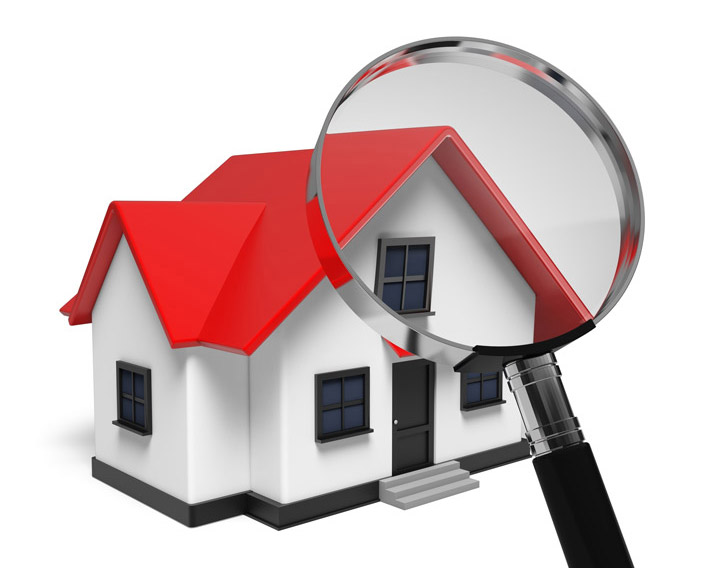
What Is an Appraisal?A home purchase can be the most important financial decision many of us could ever encounter. It doesn't matter if a main residence, a second vacation property or one of many rentals, purchasing real property is a complex financial transaction that requires multiple people working in concert to make it all happen. Most people are familiar with the parties taking part in the transaction. The real estate agent is the most familiar entity in the exchange. Then, the mortgage company provides the financial capital needed to finance the deal. The title company ensures that all details of the exchange are completed and that the title is clear to pass to the buyer from the seller. So, what party makes sure the property is worth the amount being paid? In comes the appraiser. We provide an unbiased opinion of what a buyer might expect to pay — or a seller receive — for a property, where both buyer and seller are informed parties. A licensed, certified, professional appraiser from Tim Bollinger will ensure, you as an interested party, are informed. The inspection is where an appraisal beginsTo ascertain the true status of the property, it's our responsibility to first perform a thorough inspection. We must physically see aspects of the property, such as the number of bedrooms and bathrooms, the location, living areas, etc, to ensure they indeed exist and are in the condition a typical person would expect them to be. The inspection often includes a sketch of the floorplan, ensuring the square footage is accurate and illustrating the layout of the property. Most importantly, we identify any obvious features - or defects - that would affect the value of the property. Back at the office, an appraiser uses two or three approaches to determining the value of real property: paired sales analysis and, in the case of a rental property, an income approach. 
Cost ApproachThis is where the appraiser uses information on local construction costs, the cost of labor and other factors to calculate how much it would cost to replace the property being appraised. This value often sets the maximum on what a property would sell for. The cost approach is also the least used method. 
Sales ComparisonAppraisers become very familiar with the subdivisions in which they appraise. They thoroughly understand the value of specific features to the residents of that area. Then, the appraiser looks up recent transactions in the neighborhood and finds properties which are 'comparable' to the subject in question. By assigning a dollar value to certain items such as upgraded appliances, additional bathrooms, additional living area, quality of construction, lot size, we add or subtract from each comparable's sales price so that they more accurately match the features of subject property.
In the end, the appraiser reconciles the adjusted sales prices of all the comps and then derives an opinion of what the subject could sell for. At Tim Bollinger, we are experts in knowing the value of particular items in Emporia and Lyon County neighborhoods. This approach to value is usually awarded the most weight when an appraisal is for a home sale. Valuation Using the Income ApproachA third method of valuing a property is sometimes used when a neighborhood has a measurable number of rental properties. In this case, the amount of revenue the property generates is factored in with other rents in the area for comparable properties to give an indicator of the current value. Coming Up With The Final ValueCombining information from all applicable approaches, the appraiser is then ready to state an estimated market value for the property in question. It is important to note that while the appraised value is probably the best indication of what a house is worth, it probably will not be the price at which the property closes. It's not uncommon for prices to be driven up or down by extenuating circumstances like the motivation or urgency of a seller or 'bidding wars'. But the appraised value is often used as a guideline for lenders who don't want to loan a buyer more money than the property is actually worth. Here's what it all boils down to, an appraiser from Tim Bollinger will help you get the most accurate property value, so you can make the most informed real estate decisions. |